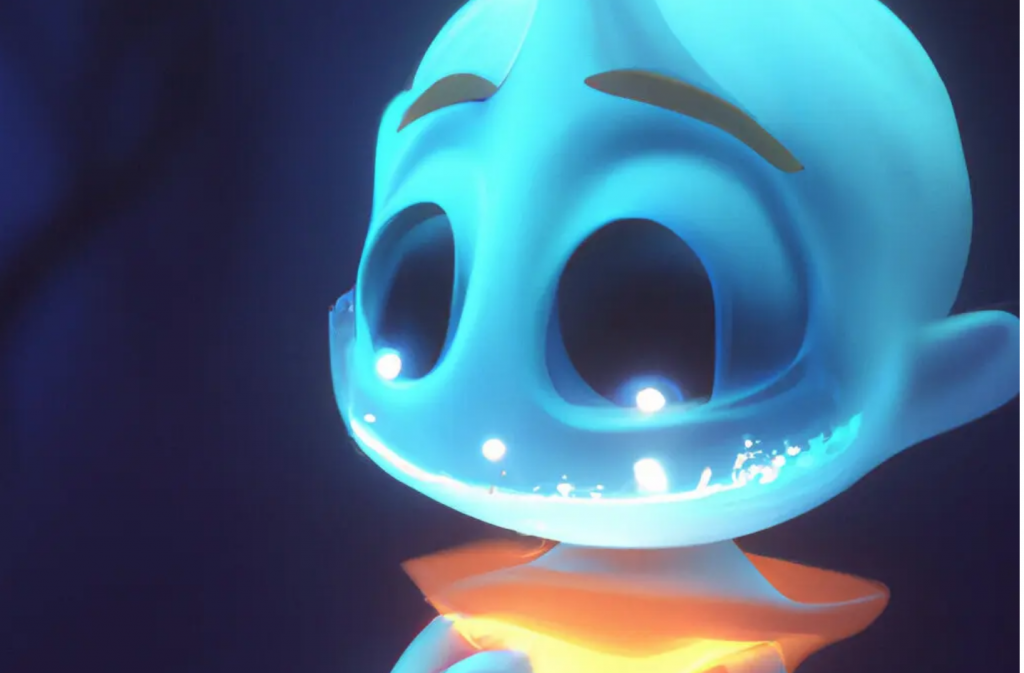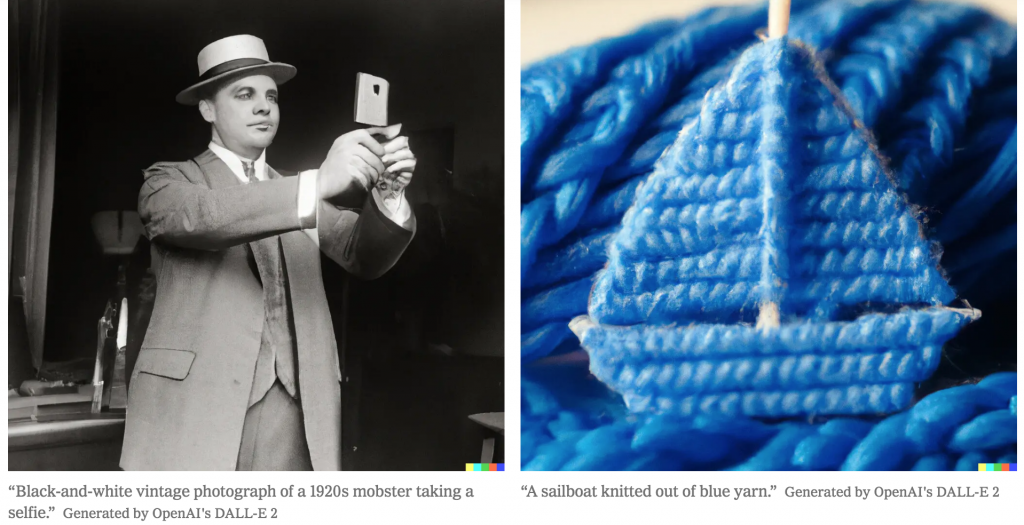
This image was generated by OpenAI’s app DALL-E 2 from the words ‘infinite joy.’
Putting AI at Everyone’s Beck and Call May Not Be the Great Concept Some Believe in
There is no doubt about how good AI is getting. You might have difficulty finding an area of our society that AI has not impacted. And in tremendously helpful ways.
The medical professions across the board have seen vast improvements when using the right AI. Construction, design, and even deciding court penalties have been linked to AI, and for good reason. It works.
But a piece in The New York Times by Kevin Roose asks a fair question. Is AI getting too good?
The latest AI rage for folks at home is an app called Dall-E 2. And there are a few others who are making similar inroads with their text-to-image technology. Roose explains:
“For the past few days, I’ve been playing around with DALL-E 2, an app developed by the San Francisco company OpenAI that turns text descriptions into hyper-realistic images.
“OpenAI invited me to test DALL-E 2 (the name is a play on Pixar’s WALL-E and the artist Salvador Dalí) during its beta period, and I quickly got obsessed. I spent hours thinking up weird, funny, and abstract prompts to feed the A.I. — “a 3-D rendering of a suburban home shaped like a croissant,” “an 1850s daguerreotype portrait of Kermit the Frog,” “a charcoal sketch of two penguins drinking wine in a Parisian bistro.” Within seconds, DALL-E 2 would spit out a handful of images depicting my request — often with jaw-dropping realism.
“Here, for example, is one of the images DALL-E 2 produced when I typed in “black-and-white vintage photograph of a 1920s mobster taking a selfie.” And how it rendered my request for a high-quality photograph of “a sailboat knitted out of blue yarn.”

And as inventive and imaginative as all this tech might be, it also swings open a wide door that less scrupulous characters walk right through. You should be paying closer attention.
Amazing Advancements
Roose walks us through the past decade of AI and the most recent and impressive advancements that get the most attention from the public at large. Things like writing music or creating scripts that are funny and fun to read. AI is making art that is one of a kind and it is discovering art that was hidden by the masters below some of their paintings. AI is writing code.
But, once again he reminds us to be careful with what we have and what we wish for with AI.
“It feels like we’re going from spring to summer,” said Jack Clark, a co-chair of Stanford University’s annual A.I. Index Report. “In spring, you have these vague suggestions of progress, and little green shoots everywhere. Now, everything’s in bloom.”
The nytimes.com article is a great piece to read if you are or if you are not familiar with how much of your life is being touched by AI.
There is still plenty of bad, broken A.I. out there, from racist chatbots to faulty automated driving systems that result in crashes and injuries. And even when A.I. improves quickly, it often takes a while to filter down into products and services that people use. An A.I. breakthrough at Google or OpenAI today doesn’t mean that your Roomba will be able to write novels tomorrow.
But you might want to keep your eyes open. After all, A.I. that works doesn’t stay in a lab. It gets built into the social media apps we use every day, in the form of Facebook feed-ranking algorithms, YouTube recommendations, and TikTok “For You” pages. It makes its way into weapons used by the military and software used by children in their classrooms. Banks use A.I. to determine who’s eligible for loans, and police departments use it to investigate crimes.
We are living in truly interesting times. And AI is driving a lot of it.
read more at nytimes.com







Leave A Comment